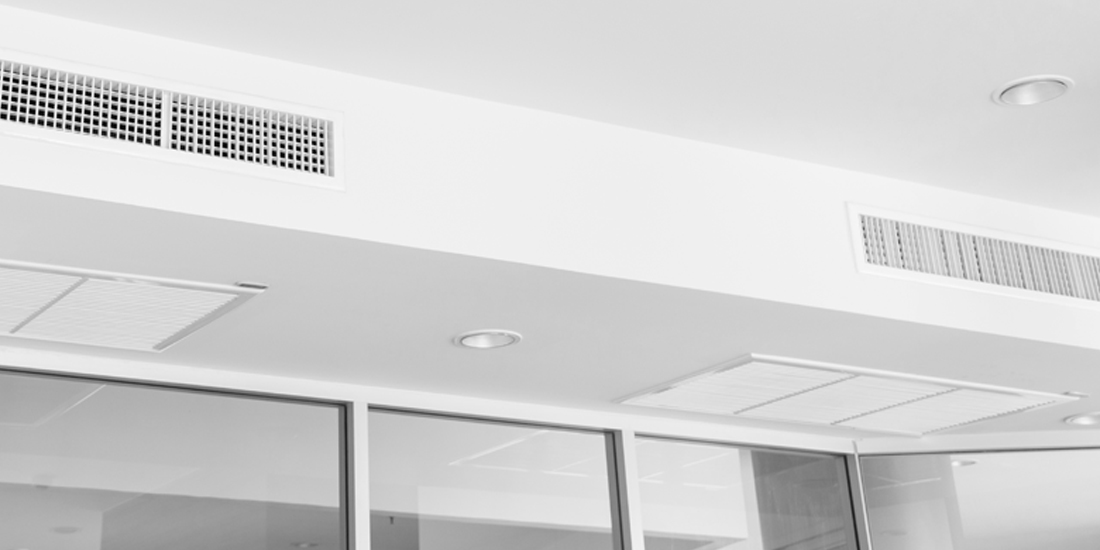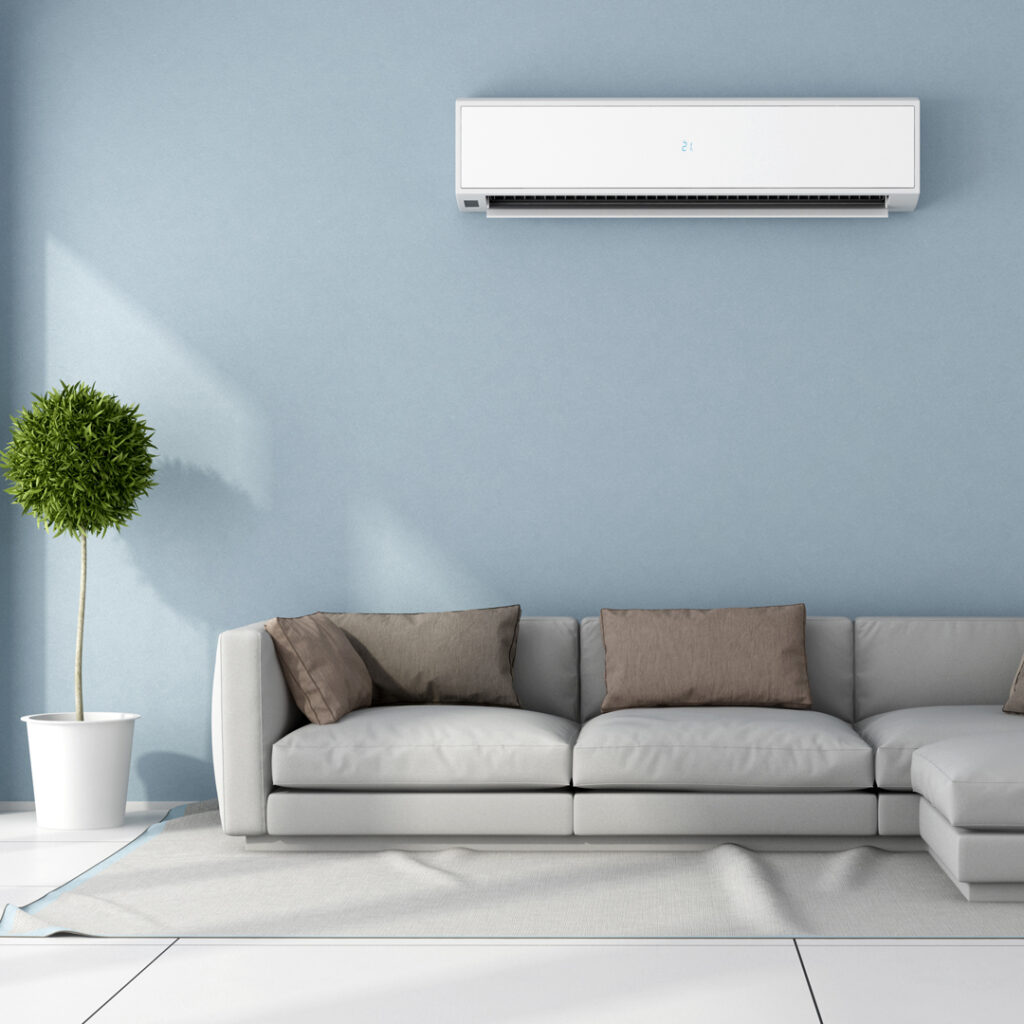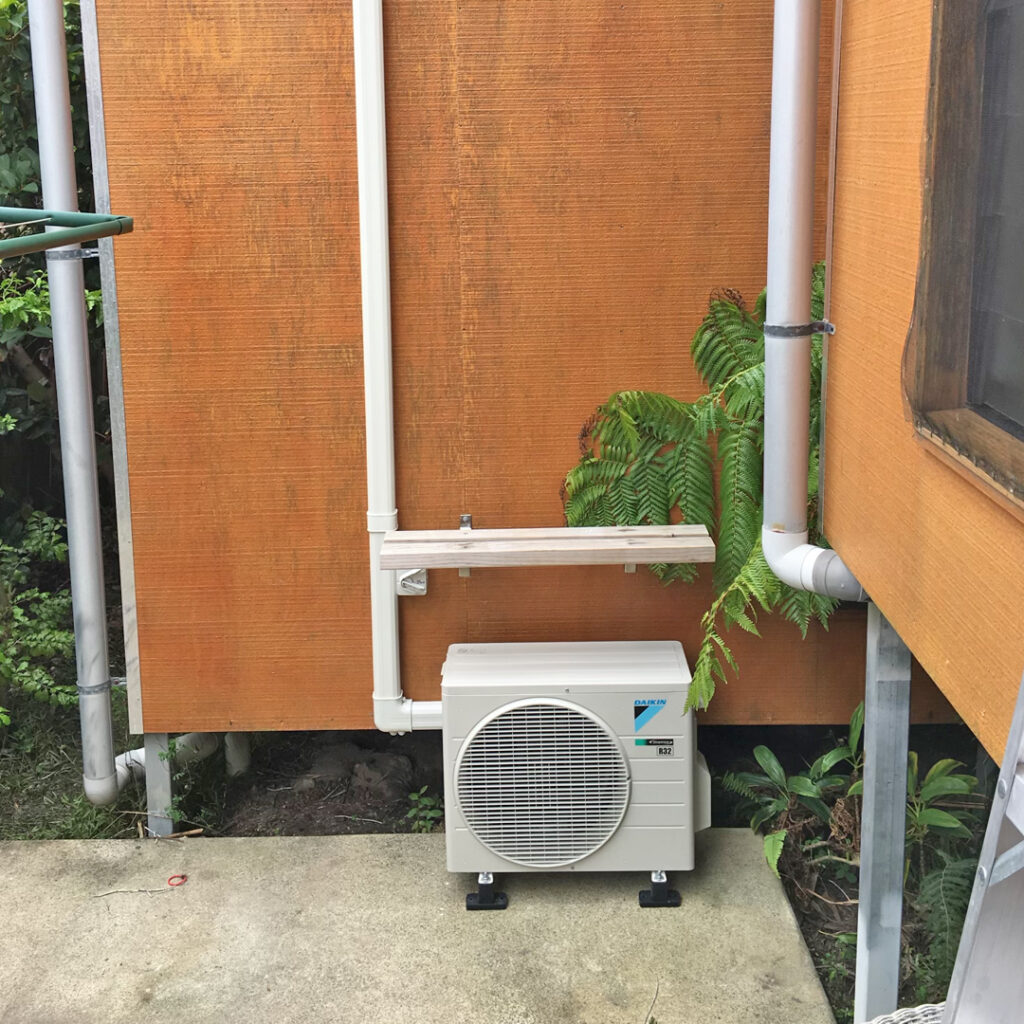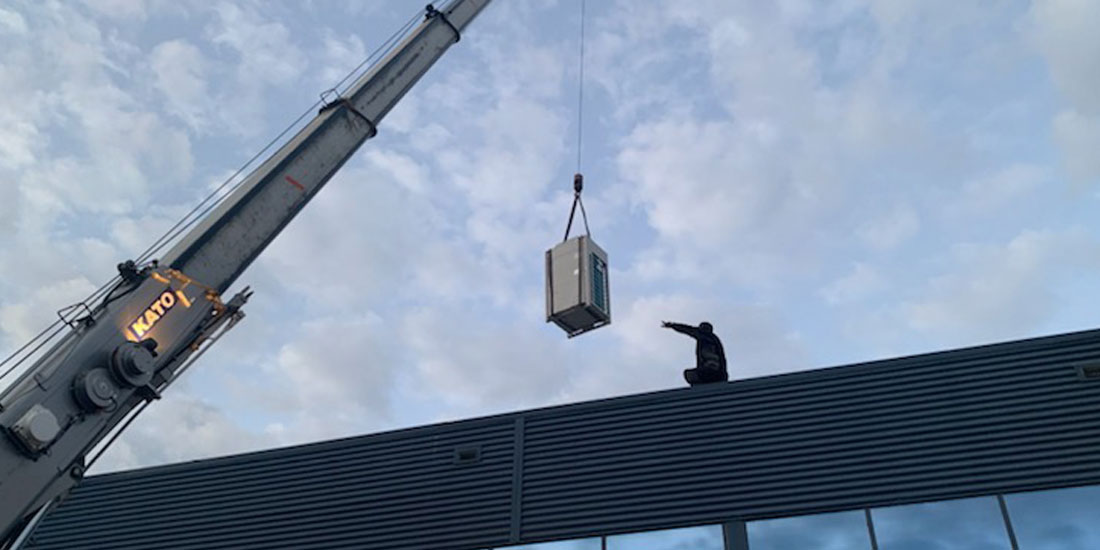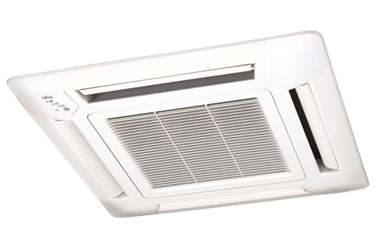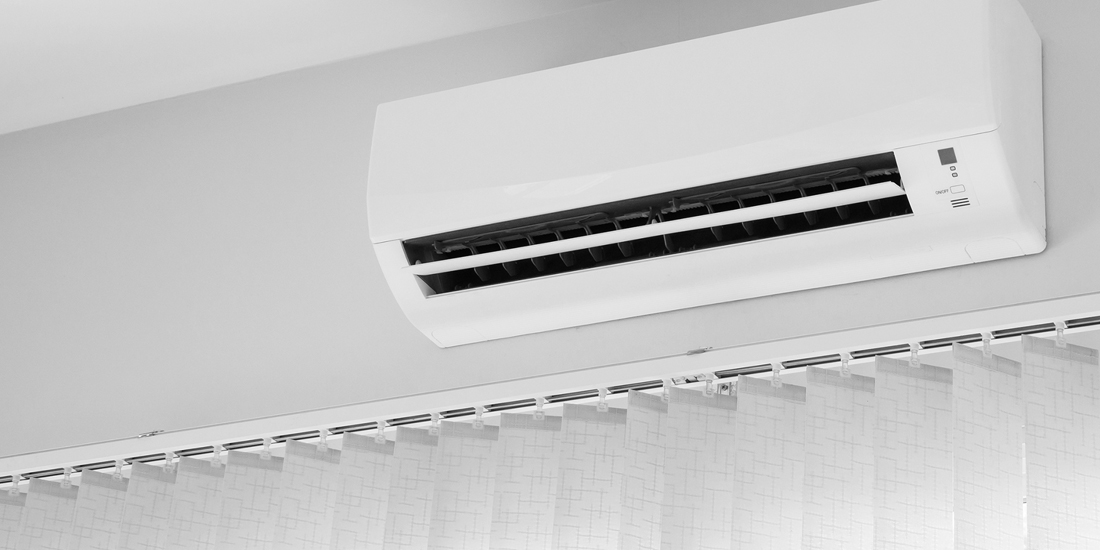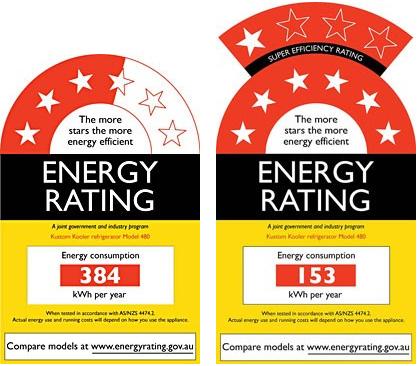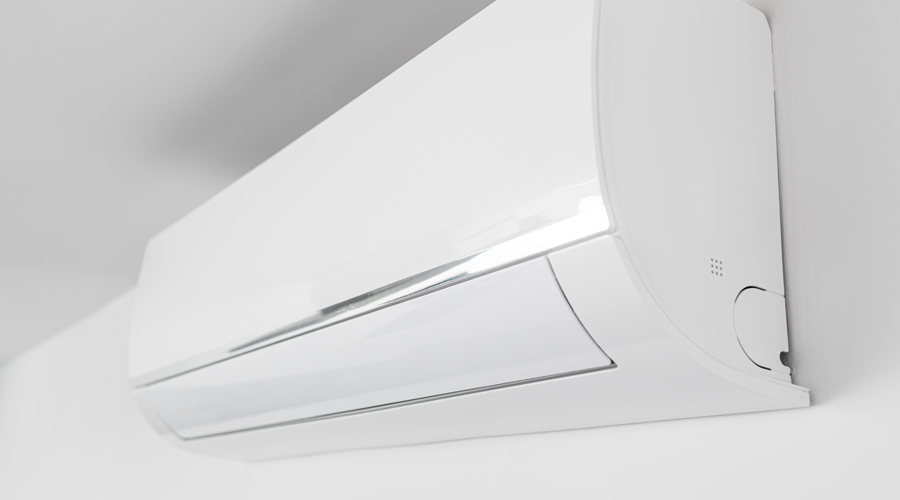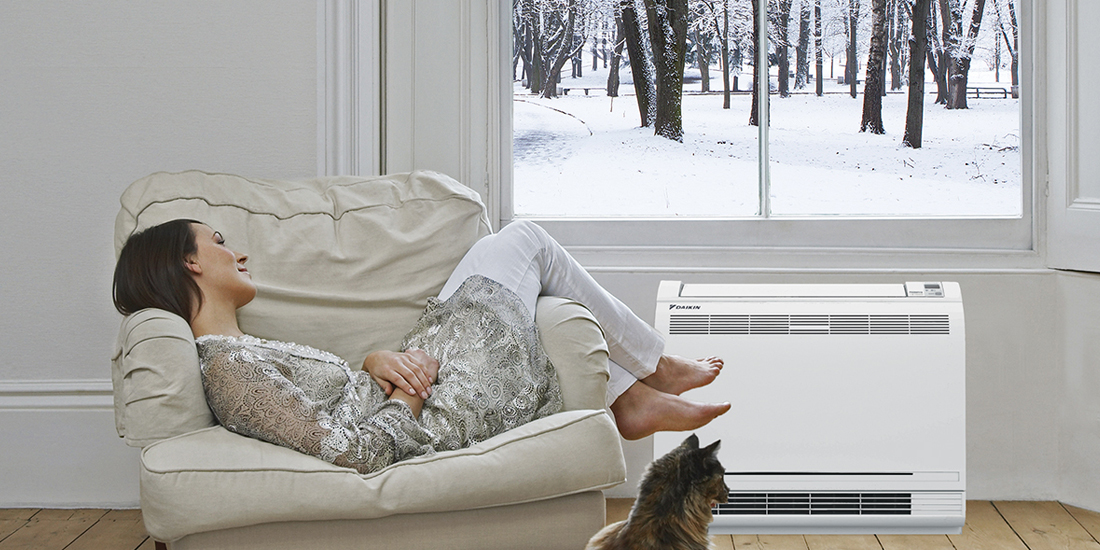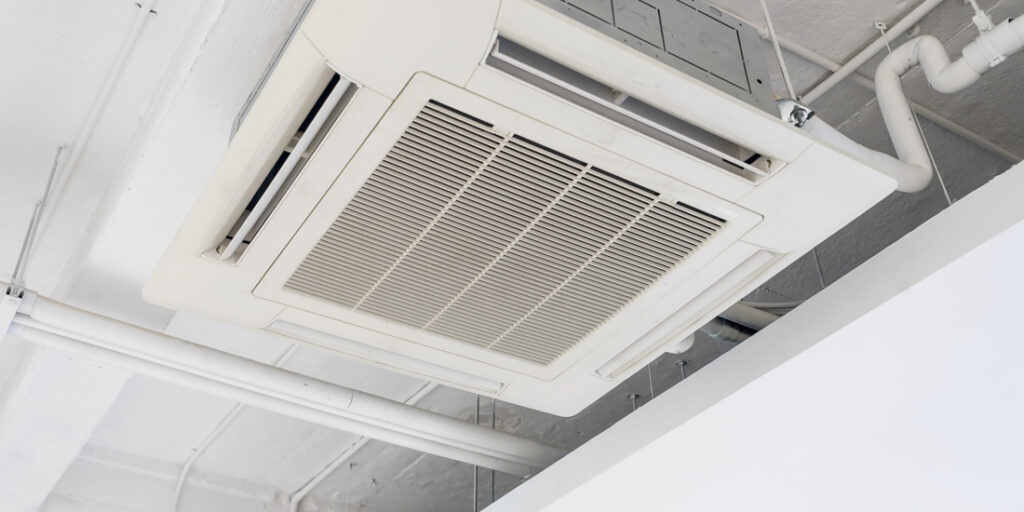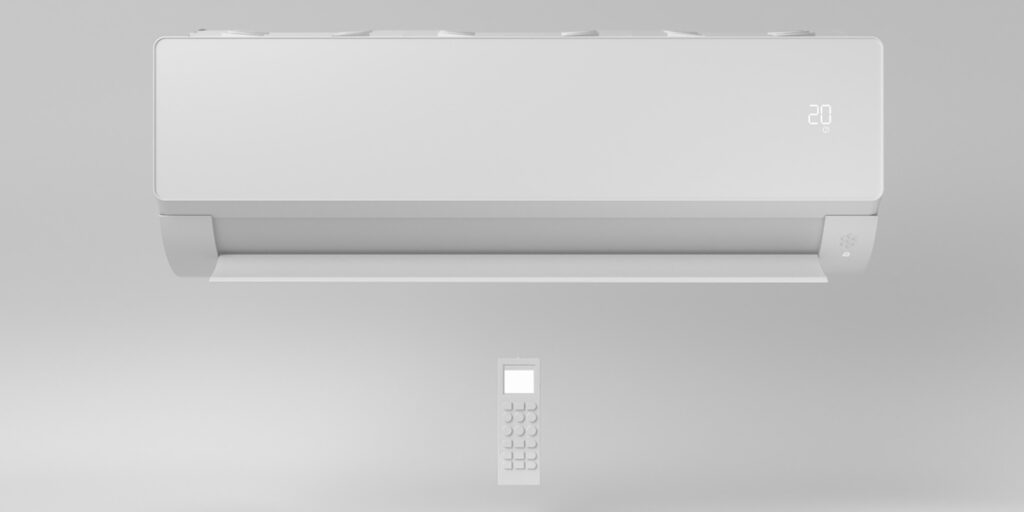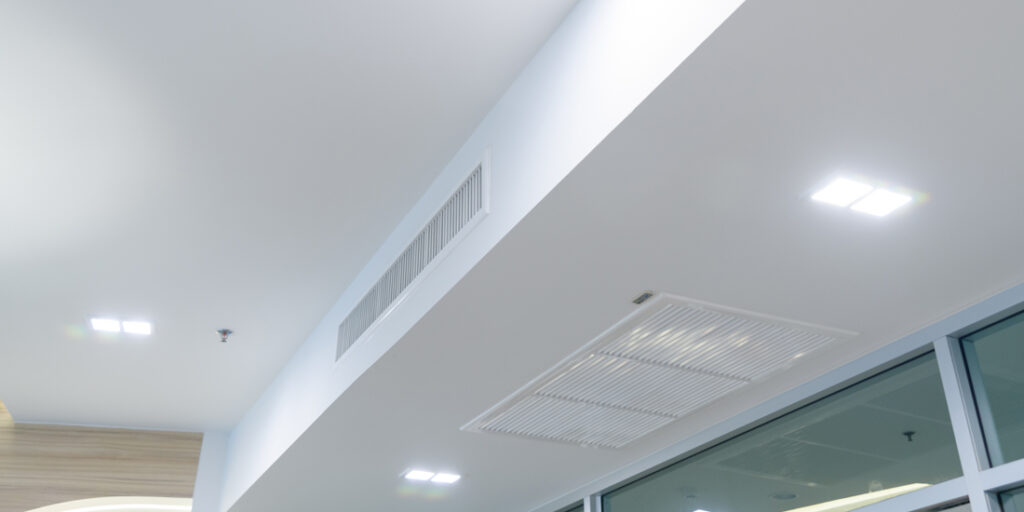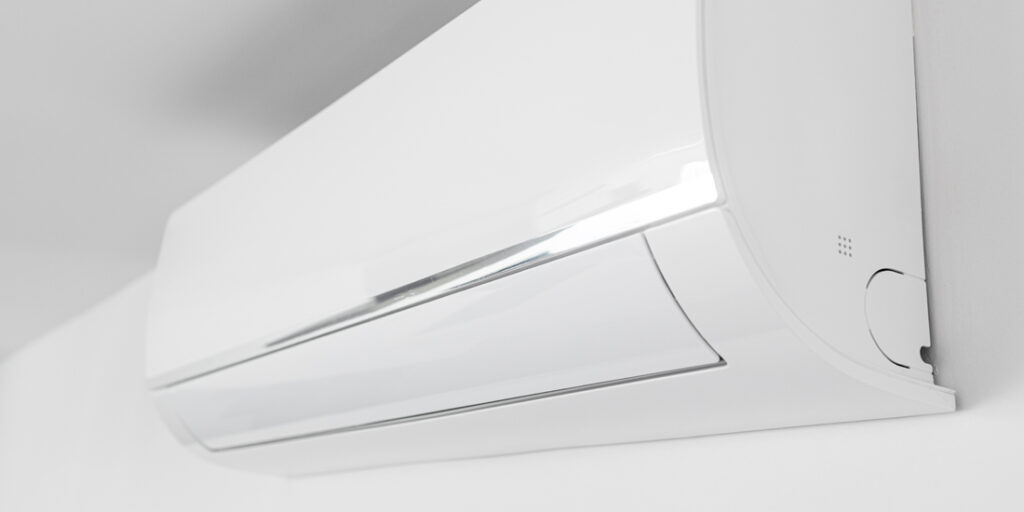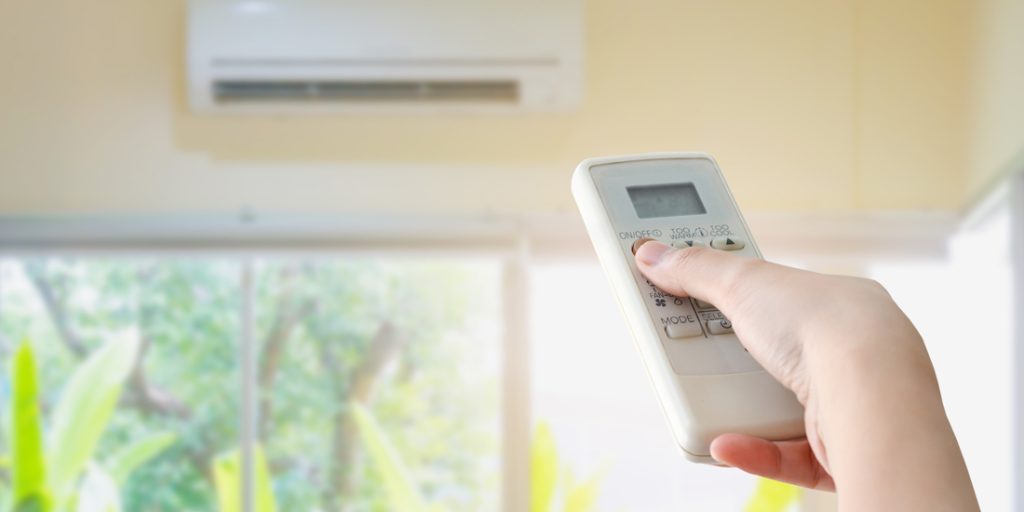
Bulkhead and Split Systems are two popular types of air-conditioner solutions used on the Sunshine Coast. In this article, we take a look at the differences between these two approaches. If you’re interested in an air-conditioning solution for your home or business, contact our team. We’ll help you determine the best solution for your premises and can also assist with sales, installation, and after-sales support and servicing for your appliance.
The Main Distinction:
Different types of air-conditioning solutions can get a bit confusing. The words used to describe systems (such as split system or bulkhead system) are also sometimes used interchangeably by manufacturers – making it unclear how they are actually different. When you’re comparing bulkhead systems with split systems, the main thing is the difference with the internal unit.
The internal unit of the bulkhead air-conditioner is built into a wall or ceiling (usually a drop ceiling); the internal unit of a split system sits on the wall, so you can see the whole unit. Here are two photos illustrating this difference in action:
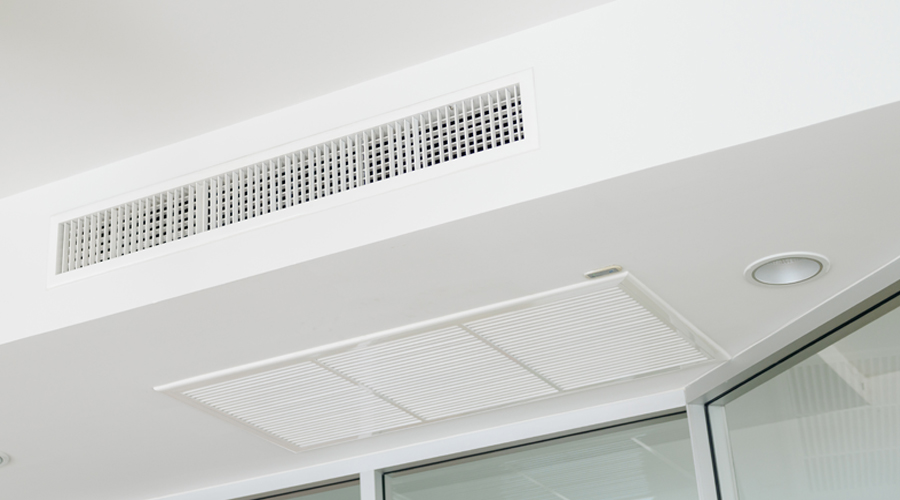
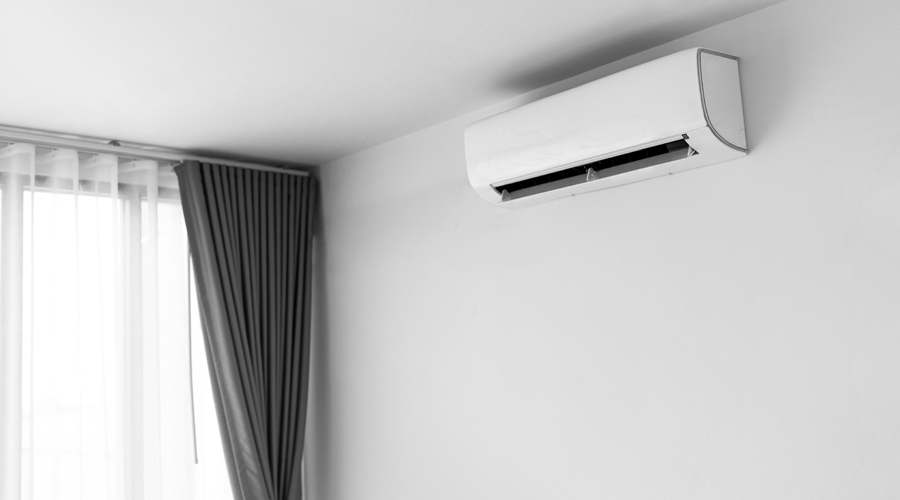
Implications of an Integrated Solution
The fact that bulkhead air-conditioners are integrated into the building means that they create a more discrete and streamlined solution. However, because they are built into the room, their inclusion requires either a new build or a renovation. Meanwhile, split systems can be retrospectively added into virtually any existing room – because they are not integrated with the building. This makes them the logical choice if you’re looking to add an air-conditioner to an existing home or business.
3 Similarities Between Bulkhead and Split System Air-Conditioners
- Cooling Capacity: Both bulkhead and split system air conditioners are capable of effectively cooling indoor spaces. Both use similar cooling mechanisms involving the circulation of refrigerant to absorb heat from indoor air and expel it outdoors.
- Energy Efficiency: Both types of air-conditioners can be designed with energy-efficient features and technologies to reduce electricity consumption. Whether it’s through programmable thermostats, energy-saving modes, or high-efficiency compressors, both bulkhead and split system ACs can help lower energy bills while providing comfort.
- Customisation: Both bulkhead and split system solutions offer some level of customisation in terms of capacity and features. They come in various sizes and configurations to suit different room dimensions and cooling needs.
3 Differences Between Bulkhead and Split System Air-Conditioners
- Flexibility: Bulkhead systems have less flexibility in terms of placement due to the need for a wall-mounted installation. Split systems offer more flexibility in placement, as the indoor unit can be installed on various surfaces such as walls or ceilings, while the outdoor unit can be placed in different outdoor locations.
- Cost: Bulkhead installation costs may be higher due to the need for structural modifications to accommodate the unit. Split system installation costs may be lower as it typically requires less invasive installation and can often be retrofitted into existing spaces without significant structural changes.
- Maintenance: Maintenance and repairs on a bulkhead system may be more challenging due to the integrated design and wall-mounted installation. Maintenance and repairs on a split system are generally easier as components are separated between indoor and outdoor units, allowing for easier access and servicing.
What’s the Right Solution for Your Home?
Talk to our team to discover the right air-conditioning solution for your home. We’re experienced and can help you to determine an approach that will meet your cooling and energy objectives:

